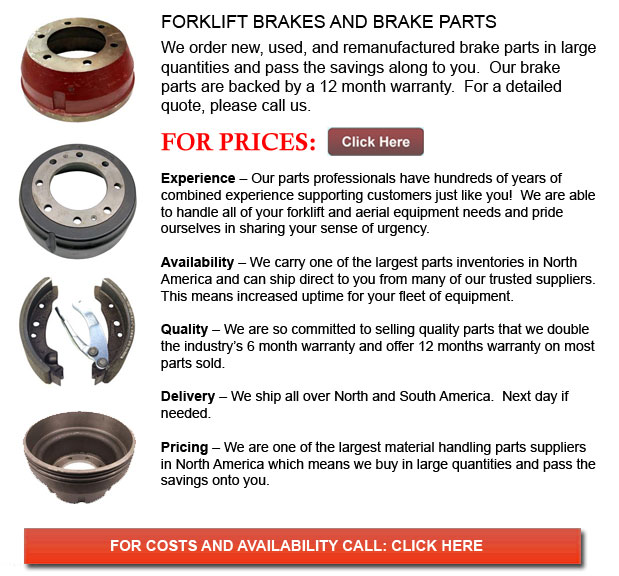
Forklift Brakes - A brake drum is in which the friction is supplied by the brake shoes or brake pads. The shoes or pads press up against the rotating brake drum. There are several other brake drums kinds together with certain specific differences. A "break drum" would generally refer to whenever either pads or shoes press onto the inner exterior of the drum. A "clasp brake" is the term utilized to describe when shoes press against the outside of the drum. One more type of brake, called a "band brake" utilizes a flexible band or belt to wrap round the outside of the drum. Whenever the drum is pinched in between two shoes, it can be referred to as a "pinch brake drum." Similar to a conventional disc brake, these kinds of brakes are somewhat rare.
Prior to the year 1995, old brake drums required consistent adjustment regularly to be able to compensate for drum and shoe wear. "Low pedal" or long brake pedal travel is the hazardous outcome if adjustments are not carried out satisfactorily. The motor vehicle could become hazardous and the brakes can become ineffective if low pedal is combined with brake fade.
There are various Self Adjusting Brake Systems offered, and they can be categorized within two main types, RAD and RAI. RAI systems have built-in tools which prevent the systems to recover if the brake is overheating. The most recognized RAI makers are AP, Bendix, Lucas, and Bosch. The most well-known RAD systems consist of Ford recovery systems, Volkswagen, VAG, AP and Bendix.
Self-repositioning brakes normally use a mechanism which engages just when the motor vehicle is being stopped from reverse motion. This stopping method is satisfactory for use where all wheels make use of brake drums. Most vehicles nowadays utilize disc brakes on the front wheels. By operating only in reverse it is less probable that the brakes would be adjusted while hot and the brake drums are expanded. If adapted while hot, "dragging brakes" could occur, which raises fuel consumption and accelerates wear. A ratchet tool which becomes engaged as the hand brake is set is another way the self repositioning brakes could function. This means is only suitable in applications where rear brake drums are used. If the parking or emergency brake actuator lever goes beyond a certain amount of travel, the ratchet developments an adjuster screw and the brake shoes move in the direction of the drum.
Situated at the bottom of the drum sits the manual adjustment knob. It can be tweaked making use of the hole on the opposite side of the wheel. You will have to go underneath the vehicle utilizing a flathead screwdriver. It is really essential to be able to adjust each and every wheel equally and to move the click wheel properly in view of the fact that an unequal adjustment may pull the vehicle one side during heavy braking. The most efficient method to be able to make sure this tedious job is done safely is to either raise each wheel off the ground and hand spin it while measuring how much force it takes and feeling if the shoes are dragging, or give each one the same amount of clicks manually and then perform a road test.
![]() Click to Download the pdf
Click to Download the pdf
Forklift Parts
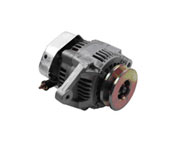
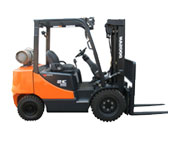
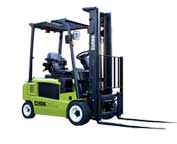
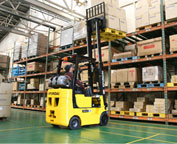
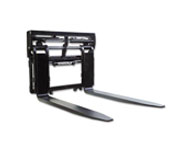
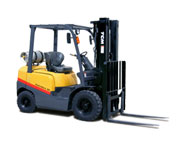
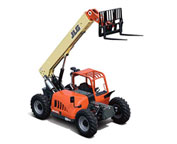
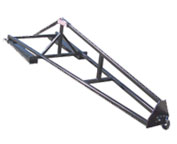
Lift Parts Express
TOLL FREE: 1-888-695-7994
Nanaimo, British Columbia
forkliftpartsnanaimo.ca
Email Us
About Us


